234907
2-(Dimethylamino)ethyl methacrylate
contains 700-1000 ppm monomethyl ether hydroquinone as inhibitor, 98%
Sinonimo/i:
Methacrylic acid 2-(dimethylamino)ethyl ester
About This Item
Prodotti consigliati
Densità del vapore
5.4 (vs air)
Livello qualitativo
Tensione di vapore
<1 mmHg ( 25 °C)
Saggio
98%
Forma fisica
liquid
contiene
700-1000 ppm monomethyl ether hydroquinone as inhibitor
Indice di rifrazione
n20/D 1.439 (lit.)
P. eboll.
182-192 °C (lit.)
Densità
0.933 g/mL at 25 °C (lit.)
Temperatura di conservazione
2-8°C
Stringa SMILE
CN(C)CCOC(=O)C(C)=C
InChI
1S/C8H15NO2/c1-7(2)8(10)11-6-5-9(3)4/h1,5-6H2,2-4H3
JKNCOURZONDCGV-UHFFFAOYSA-N
Cerchi prodotti simili? Visita Guida al confronto tra prodotti
Descrizione generale
Applicazioni
- Quaternized poly (DMAEMA) can be used to prepare highly efficient antibacterial magnetic particles. The high density of quaternary ammonium groups generated via surface-initiated ATRP are responsible for high antibacterial activity.
- Ag nanoparticles immobilized into a poly (DMAEMA) brush layer can be used as a sensor platform for the detection of organic molecules by surface-enhanced Raman spectroscopy (SERS).
- It can also be used to prepare stable polymer-based gene delivery systems.
Avvertenze
Danger
Indicazioni di pericolo
Consigli di prudenza
Classi di pericolo
Acute Tox. 4 Dermal - Acute Tox. 4 Oral - Eye Dam. 1 - Skin Corr. 1B - Skin Sens. 1
Codice della classe di stoccaggio
6.1A - Combustible acute toxic Cat. 1 and 2 / very toxic hazardous materials
Classe di pericolosità dell'acqua (WGK)
WGK 1
Punto d’infiammabilità (°F)
147.2 °F - closed cup
Punto d’infiammabilità (°C)
64 °C - closed cup
Dispositivi di protezione individuale
Eyeshields, Faceshields, Gloves, type ABEK (EN14387) respirator filter
Scegli una delle versioni più recenti:
Possiedi già questo prodotto?
I documenti relativi ai prodotti acquistati recentemente sono disponibili nell’Archivio dei documenti.
I clienti hanno visto anche
Articoli
The Progress in Development of Dental Restorative Materials
Il team dei nostri ricercatori vanta grande esperienza in tutte le aree della ricerca quali Life Science, scienza dei materiali, sintesi chimica, cromatografia, discipline analitiche, ecc..
Contatta l'Assistenza Tecnica.![N-[3-(Dimethylamino)propyl]methacrylamide 99%, contains MEHQ as inhibitor](/deepweb/assets/sigmaaldrich/product/structures/295/145/6b4aae15-7cb5-4b7b-9c06-8e6d24e50951/640/6b4aae15-7cb5-4b7b-9c06-8e6d24e50951.png)
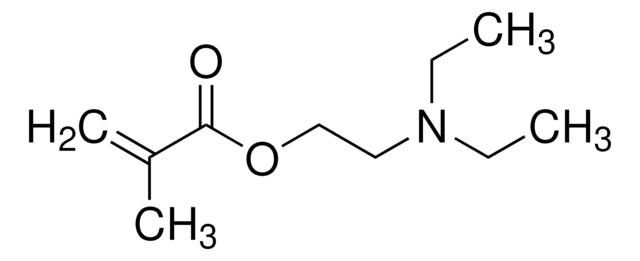

![[2-(Methacryloyloxy)ethyl]trimethylammonium chloride solution 75 wt. % in H2O](/deepweb/assets/sigmaaldrich/product/structures/316/612/66b0f4cf-d060-427d-b4f5-e8fab3e5cffe/640/66b0f4cf-d060-427d-b4f5-e8fab3e5cffe.png)
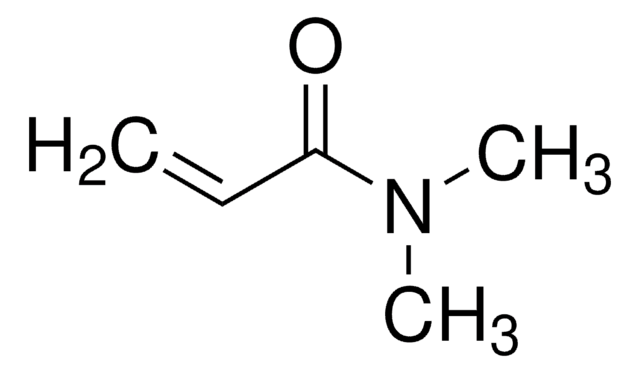
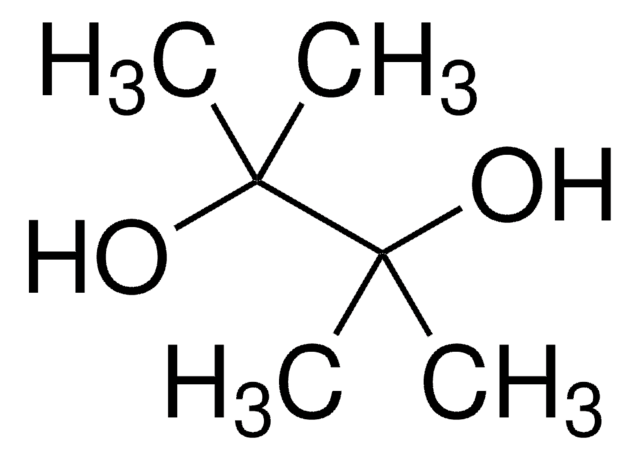
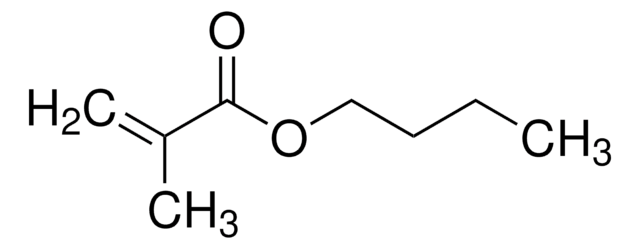


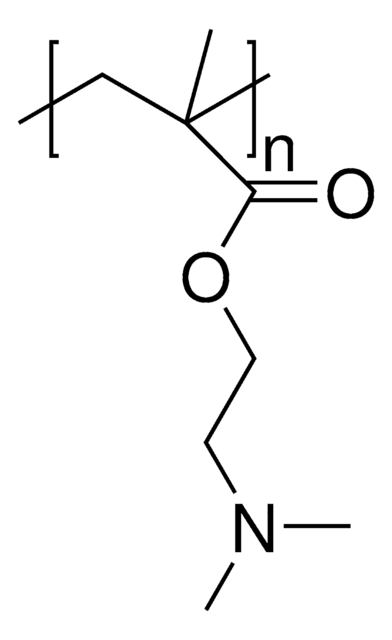


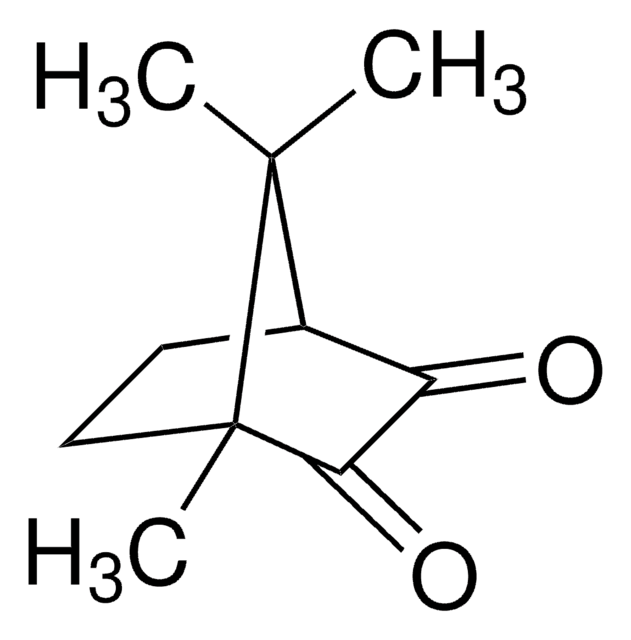
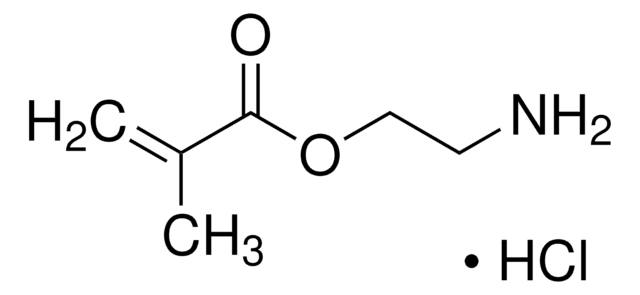


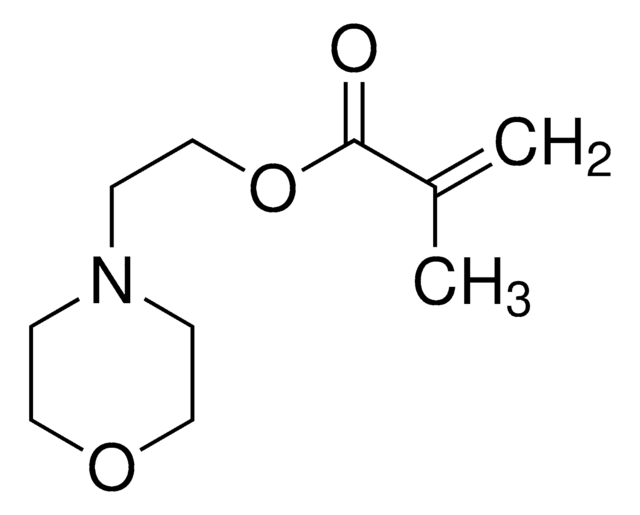
![[2-(Methacryloyloxy)ethyl]dimethyl-(3-sulfopropyl)ammonium hydroxide 95%](/deepweb/assets/sigmaaldrich/product/structures/217/219/73c91e1c-0ee4-4b3d-bead-a6dc3d09d1da/640/73c91e1c-0ee4-4b3d-bead-a6dc3d09d1da.png)
